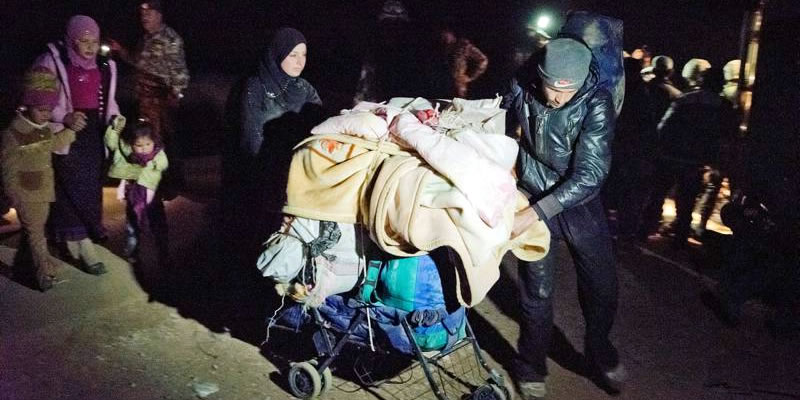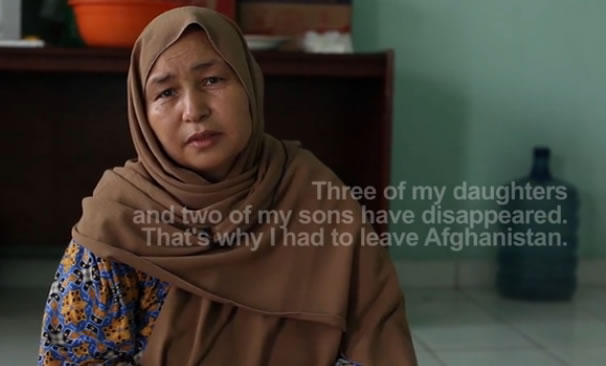
DEFINITIONS
Refugees
A refugee is a person who has fled his or her own country and cannot return due to fear of persecution and has been given refugee status. Refugee status is given to applicants by the United Nations or by a third party country, such as Australia.
According to the United Nations Convention relating to the Status of Refugees [PDF] as amended by its 1967 Protocol (the Refugee Convention), a refugee is a person who is:
- outside their own country and
- has a well-founded fear of persecution due to his/ her race, religion, nationality, member of a particular social group or political opinion, and is
- unable or unwilling to return.
The United Nations High Commission for Refugees (UNHCR) currently estimates there are nearly 20 million refugees in the world.
More information
Australia for UNHCR - Collection of refugee stories
UNHCR - Global Trends: Forced Displacement in 2018 [PDF]
World Vision - Syrian refugee crisis: Facts, FAQs and how to help
Migrants
A migrant is someone who voluntarily chooses to leave his or her own country and make a new life in another country. Australia has a long history of migration. People have been moving to Australia for work and better opportunities since British colonisation in 1788.
More information
National Museum of Australia - Post war immigration drive
Watch the video Sweet Harvest for an example of Australia's post war migration.
Asylum seekers
An asylum seeker is a person who has fled from his or her own country due to fear of persecution and has applied for (legal and physical) protection in another country but has not yet had their claim for protection assessed.
A person remains an asylum seeker until their protection ‘status’ has been determined.
More information
United Nations High Commission for Refugees (UNHCR)
Australian Asylum Seeker Resource Centre (ASRC)
Internally displaced persons (IDP)
An internally displaced person is someone who is living inside the borders of their own country, but is unable to safely live in their own home or region.
The Internal Displacement Monitoring Centre (IDMC) monitors internal displacement due to conflict or human rights abuses worldwide. The IDMC’s 2020 Global Report on Internal Displacement states that conflict and disasters triggered 33.4 million new internal displacements across 145 countries and territories in 2019.
More information
UNHCR - Global Trends: Forced Displacement in 2018
IDMC - Who is an internally displaced person?
Stateless persons
A stateless person is someone who does not have a nationality recognised by any country. Stateless persons have great difficulty crossing borders and are often marginalized, not having equal access to health care and opportunities in work and education.
Some examples are:- Palestinian people living in Palestine/ Israel
- Ethnic Chinese people living in Brunei
- Rohingya in Myanmar
- Kurds in Syria, Turkey, Iraq and Iran
- Nubians in Kenya
- Biharis in Bangladesh.
More information
UNHCR - Ending Statelessness
Refugee Council of Australia - Statelessness
BBC News - Myanmar Rohingya: What you need to know about the crisis

